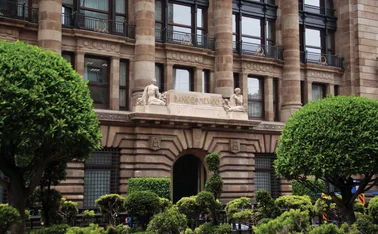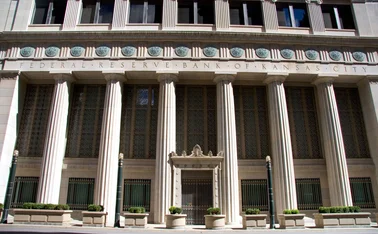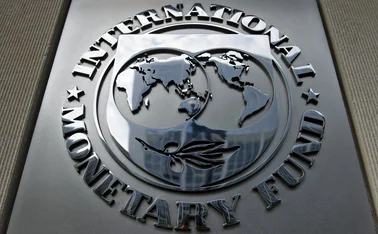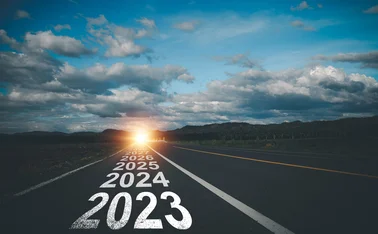
Uncorking the financial bottlenecks
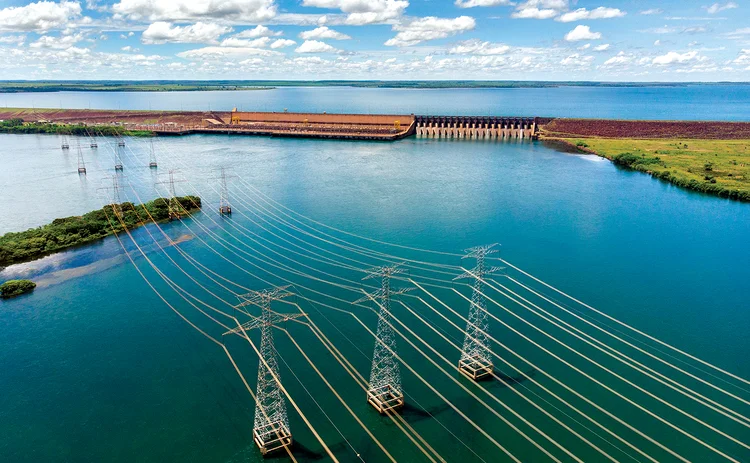
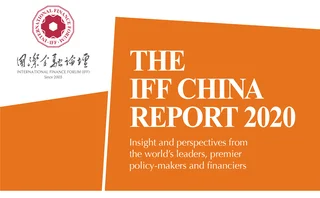
In Latin America, the New Development Bank (NDB), founded by the Brics nations – Brazil, Russia, India, China and South Africa – currently funds and manages projects in Brazil. However, the NDB has ambitious plans to conduct projects in other Latin American nations to foster greater co-operation within the region.
In Brazil, much of the NDB’s work is concentrated on infrastructure. Brazil is at a critical moment of profound economic restructuring but faces two conundrums in its infrastructure development and financing. First, Brazil has invested too little in infrastructure for too long, severely constraining economic growth. Second, given its lacklustre fiscal situation, the country is unable to use large-scale budget funds for public investment and infrastructure development.

The Brazilian government’s policy is thus to channel as much private capital as possible into the infrastructure sector and develop infrastructure through public-private partnership (PPP), which boasts great potential.
Meanwhile, it is essential to fully recognise and address the challenges and risks in infrastructure development. Despite enormous private capital available globally, there are thresholds for private capital to be utilised in infrastructure. We cannot simply assume private capital will enter the infrastructure sector as long as government implements incentives or pushes corresponding measures. Brazilian authorities must emphasise that infrastructure remains largely different in various fields and sectors, and a variety of measures will be needed to uncork the financing bottlenecks.
For financers, infrastructure can be categorised into three types. The first is commercially viable infrastructure, such as toll roads, airports in big cities and ports with sound business prospects. Governments can attract private capital by improving the business environment and rolling out PPP models. There are plenty of success stories in emerging market economies and developing countries, and Brazil is at the heart of many of them.
The second is infrastructure with large externalities and social effects – such as water supply, sewage treatment and power lines – which requires considerable governmental financial support. The financial benefits of these projects are not rewarding enough to fully entice private capital investment. This type of infrastructure requires favourable policies and supporting measures from governments – for instance, a better price standard should be set, and the leverage and guidance role of public resources should be utilised through equity investment, guarantees and even discount interest.
The third is public good infrastructure, serving people’s livelihood and society as a whole. Here, government should play a leading role by mobilising public capital, while private sectors improve efficiency.
When low-income countries are struggling financially, they should optimise their debt structures, manage and control risks in development financing, and refrain from putting their futures – for example, in the form of debt sustainability – at risk.
In the past, the term infrastructure was reserved for public goods and services, and the government was supposed to shoulder the responsibility of providing the major funding. However, today many countries – especially emerging market economies – face huge restrictions in debt sustainability and public resource feasibility. That is why it is essential for private capital to be engaged. However, if we adopt a packaged approach to attract private capital without distinguishing the different types of infrastructure and financial returns, we may actually get half the result with twice the effort. To this end, there should be a category of infrastructure and corresponding policy approaches for each funding.
Development financing institutions
Conventional development financing institutions – in particular the World Bank, the Inter-American Development Bank and the Development Bank of Latin America – have contributed much to infrastructure and social development during their many years in Latin America. The NDB is a relative newcomer to investment in the region, compared with the aforementioned conventional development financing institutions, with Brazil as the starting point for NDB’s venture into Latin America. In the past four years, the NDB has approved US$12 billion in funding for a total of 40 projects, including some possible co-operation projects with China.
Brazil’s infrastructure development can boost trade and investment between the two sides. One project under discussion, for example, is to build an entirely private port in northern Brazil. The NDB will provide loans to private companies, and Chinese companies will engage in construction with some equity investments. The port, when completed, could greatly enable Brazilian soybean exports to China. Besides, through its contacts and co-operation, the NDB has also found that Chinese enterprises have shown remarkable strength in experience and capital in infrastructure development over the past 20 or 30 years. Chinese companies are extremely competitive in Brazil and are able to undertake more infrastructure projects on a transparent and level playing field.
In short, Brazil and China are highly complementary in economic structures. Lifting the investment and trade co-operation between the two nations to a new level through infrastructure development will surely create a win-win situation for both China and Brazil.
Only users who have a paid subscription or are part of a corporate subscription are able to print or copy content.
To access these options, along with all other subscription benefits, please contact info@centralbanking.com or view our subscription options here: http://subscriptions.centralbanking.com/subscribe
You are currently unable to print this content. Please contact info@centralbanking.com to find out more.
You are currently unable to copy this content. Please contact info@centralbanking.com to find out more.
Copyright Infopro Digital Limited. All rights reserved.
You may share this content using our article tools. Printing this content is for the sole use of the Authorised User (named subscriber), as outlined in our terms and conditions - https://www.infopro-insight.com/terms-conditions/insight-subscriptions/
If you would like to purchase additional rights please email info@centralbanking.com
Copyright Infopro Digital Limited. All rights reserved.
You may share this content using our article tools. Copying this content is for the sole use of the Authorised User (named subscriber), as outlined in our terms and conditions - https://www.infopro-insight.com/terms-conditions/insight-subscriptions/
If you would like to purchase additional rights please email info@centralbanking.com
Most read
- Supervisors grapple with the smaller bank dilemma
- Fed policy-makers disagree over risks
- Schnabel: ECB could replace central forecast scenario
